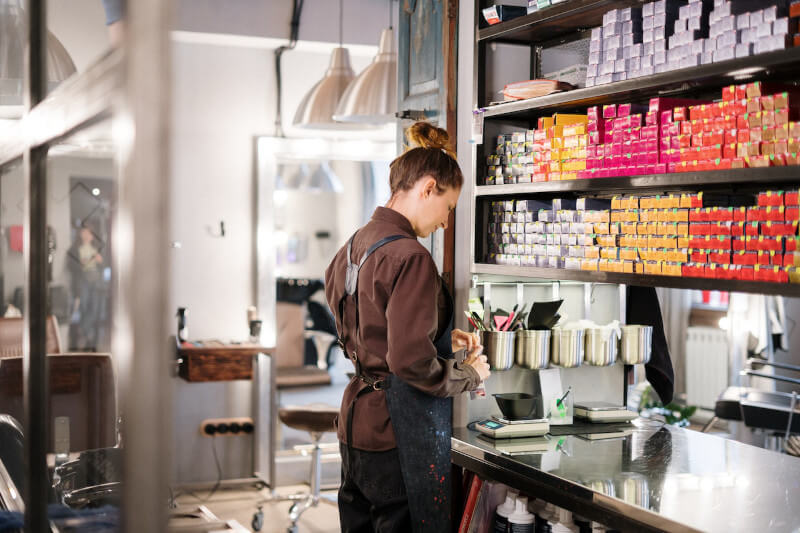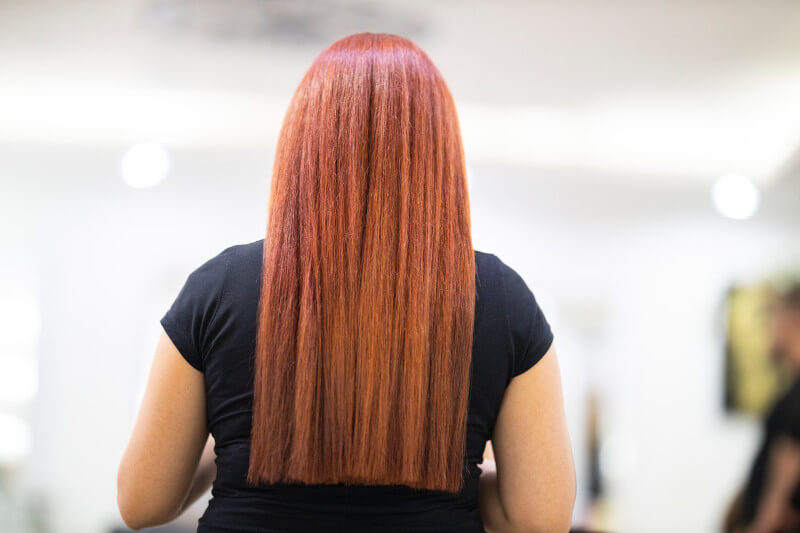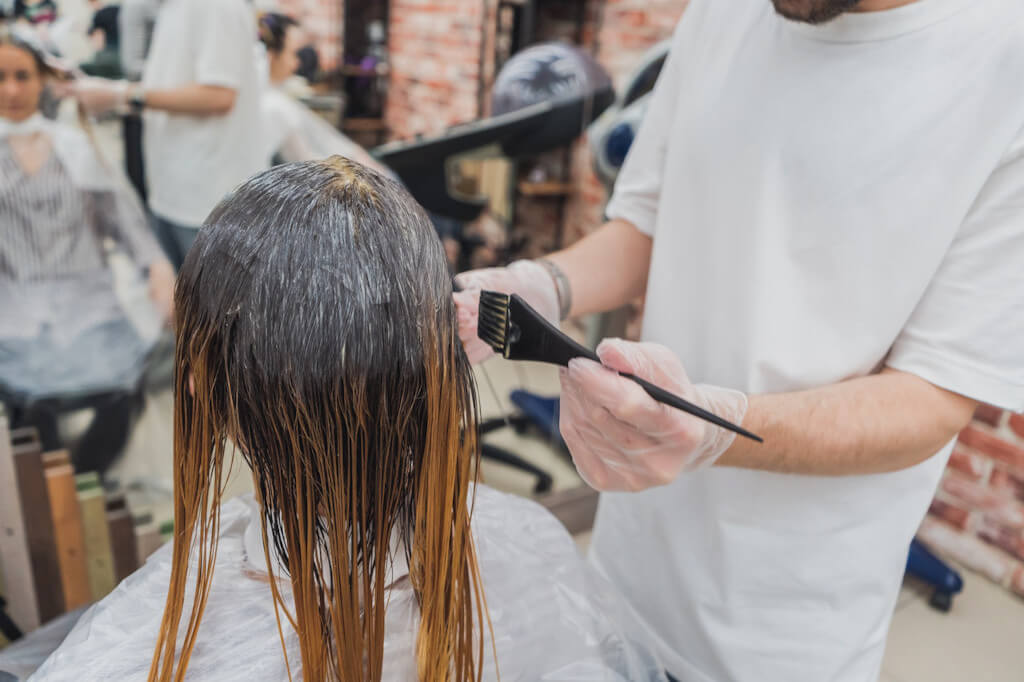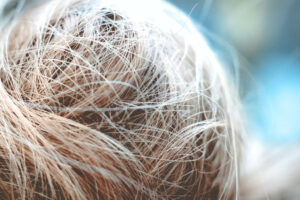Hairstylists may exaggerate the positive effects of hair coloring services to make a sale, or just because they care about pleasing their customers. What follows is a list of facts we feel are important to share with you regarding the color of your hair. While bleaching your hair to a light tone can provide amazing results, it is a delicate process that requires careful attention at all times.
Constant Maintenance is Required for All Color Treatments
Although the upkeep for various hair colors might vary depending on the style, tint, and method of application, regular maintenance is required for all dye jobs. Talk to your stylist about the longevity of the color you’re considering before making a final decision on your desired look. Before settling on a hue, here are several details to think about:
- What is your preferred salon schedule?
- Your hair’s susceptibility to damage caused by heat, sunshine, and chlorine
- How do you normally take care of your hair and style it at home
High-quality Hair Dye is Rarely Inexpensive

The total cost of hair coloring includes not only the initial salon visit but also any touch-ups or maintenance that may be required. Even if you use a high-end coloring product with less damaging chemicals and more moisturizing additives, your hair would still require maintenance thereafter. To keep your hair in good condition and avoid the color from vanishing or the condition of your hair from declining, you should use high-quality shampoo and conditioner after dying your hair. If you want your hair to stay in tip-top shape between dye jobs, it may be worthwhile to invest in occasional deep conditioning treatments to repair damage and restore elasticity. Click here for more information.
You Have an Obligation, to Be Honest With Your Hairdresser
Although they often give the impression that they are, hairstylists are not magicians. Giving them the appropriate information can help them make the best decision and end up with beautiful hair colors. It’s important that you feel comfortable enough to tell your Stylist everything (and yourself). A professional stylist won’t pass judgment, but rather work with you to create a style that complements your hair, personality, lifestyle, and budget. They’ll want to know all they can about your hair routine, from the last time you dyed it to how frequently you swim and what kind of treatments you use. Give them the truthful information they need to assist you.
Not Everything You Want Will Work
What benefit is having “snow white hair” if it’s broken, unmanageable, and doesn’t complement your skin tone? A professional stylist will always put the quality of your hair and its compatibility ahead of the desired hue. It’s not fair to force your Stylist to work for a goal they don’t think is possible or appropriate. Even though it may seem like they are being unreasonable at times, keep in mind that you are essentially a walking billboard for their company and their image is on the line. Perhaps what you want to accomplish is doable, but not right immediately. A strategy that takes time but results in your ideal hair color is the way to go if you care about your hair’s health and longevity.
Why Your Hair Looks the Way You Do

Hair Colour That Occurs Naturally
The first step in selecting the appropriate developer for your desired hair color shade is to determine your natural hair color. Locate the regrowth nearest to your scalp, not the ends, to determine your true hair color.
Preexisting Hair Color and Style
Think carefully about your hair color choices over the past 12-18 months before deciding to dye. The results of any hair coloring, semi-permanent coloring, treatment, color-protective shampoo, conditioner, or toning product can change.
One cannot just apply another permanent hair color on top of an existing one to achieve the desired effect; for instance, if one already has dark-colored hair and wants to lighten it. To lighten your hair, you can either use a color remover to wash away the dye or go through the Hair Lightening Treatment.
The Density of One’s Hair
There are three primary categories of hair thickness, each of which reacts differently to hair dye. Hair with a fine texture is thin, but that doesn’t mean it’s scarce. Because of how quickly it may be altered, color is often overprocessed. It can be more easily broken as well. There are no specific considerations to be made while coloring medium hair because it is the most common hair length.
You can’t get any thicker or stronger than thick hair. It comes in large quantities, making it difficult to manage because of its bulk and weight. Coloring thick hair might present some challenges. It may require more time or more than one hair coloring method to achieve the desired results. To adequately coat the whole head of air, an extra product is typically required. Are you unsure of your hair’s thickness?
- Try wrapping a hairband around your head as many times as possible.
- Fine hair is indicated if the strand can be wrapped around the hair elastic more than four times.
- Wrap it all around your hair a total of three times to determine if you have short, medium, or long hair.
- Having thick hair is indicated by a snug two-time wrapping.
Porous Hair
How well your hair absorbs moisture is measured by its porosity. The greater your Hair’s absorption capacity for moisture, the more porosity your hair has. How well your hair takes hair color depends on its porosity.
Negligible Porosity
Shine is a common characteristic of hair, especially of darker hair colors. The term “healthy” is often used to describe it. Because of its resistance to the color process, minimal porous hair can be a challenge when trying to dye. To accommodate this, it may be necessary to employ non-traditional color techniques.
If your hair has normal porosity, it requires little care. When used according to standard procedures, it colors hair predictably and works well for most hairstyles. However, over time, even hair with normal porosity will be damaged by color treatments. Maintaining healthy Hair requires a routine that includes periodic conditioning treatments.
Abnormally Porous
Whether from excessive bleaching, chemicals, or the natural environment, hair damage is the root cause of hair loss. Dry, porous hair is a common sign of aging, and grey hair is a surefire indicator of that. Hair with high porosity will take color deposits fast and efficiently since the hair strand is porous. Because of its increased porosity, high-porosity hair often requires frequent treatments and conditioners. Protein-rich foods are excellent.



